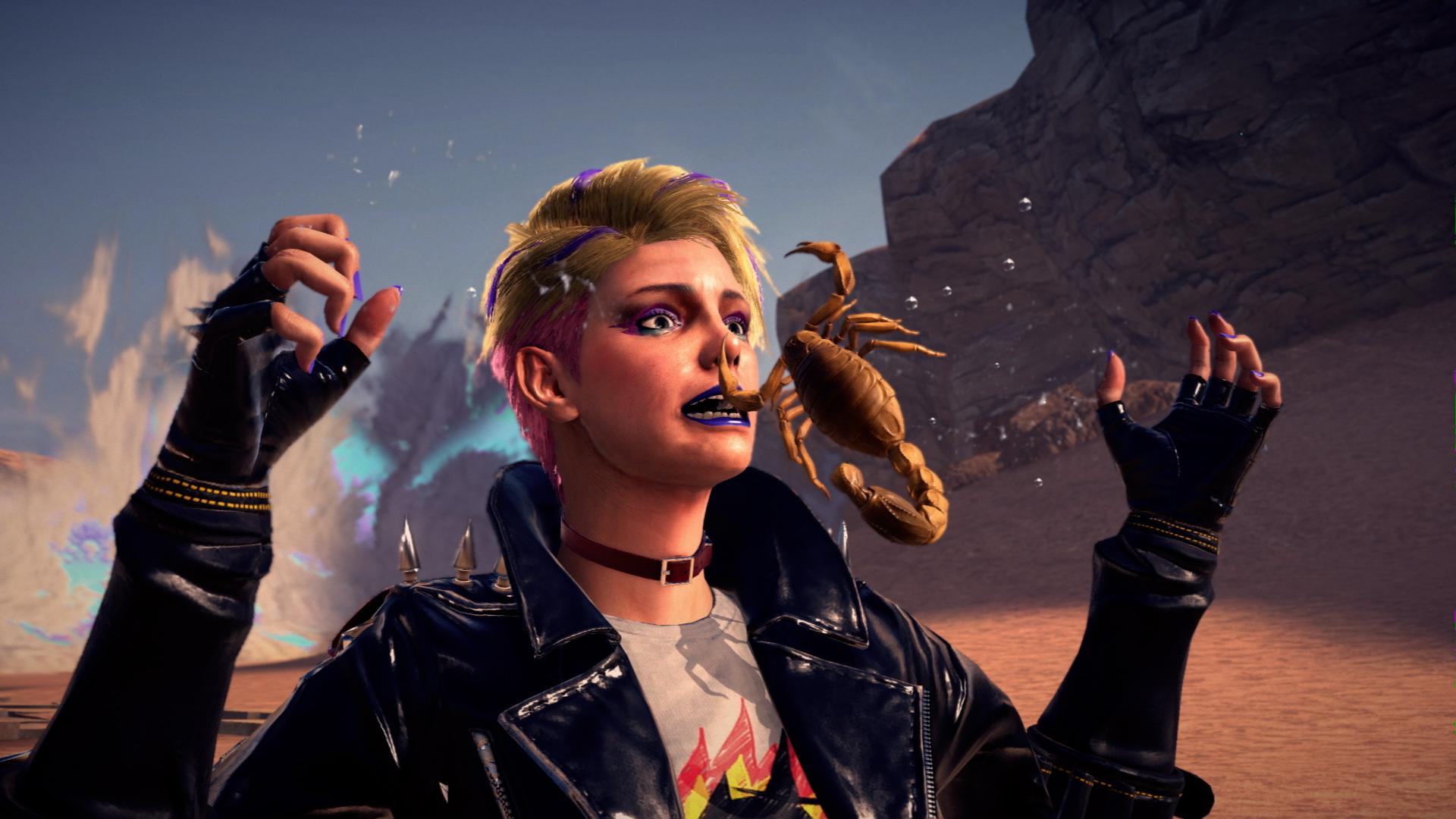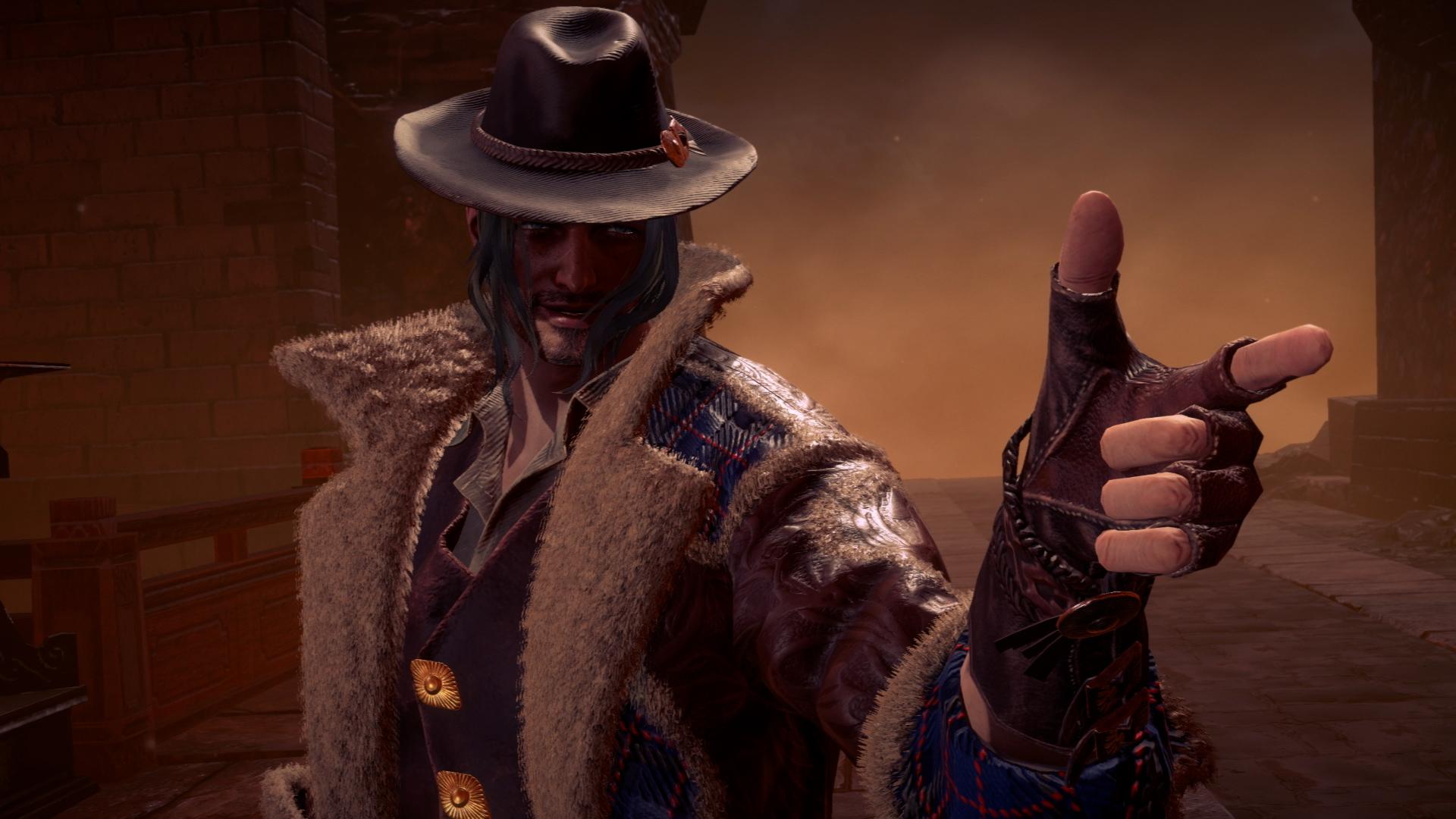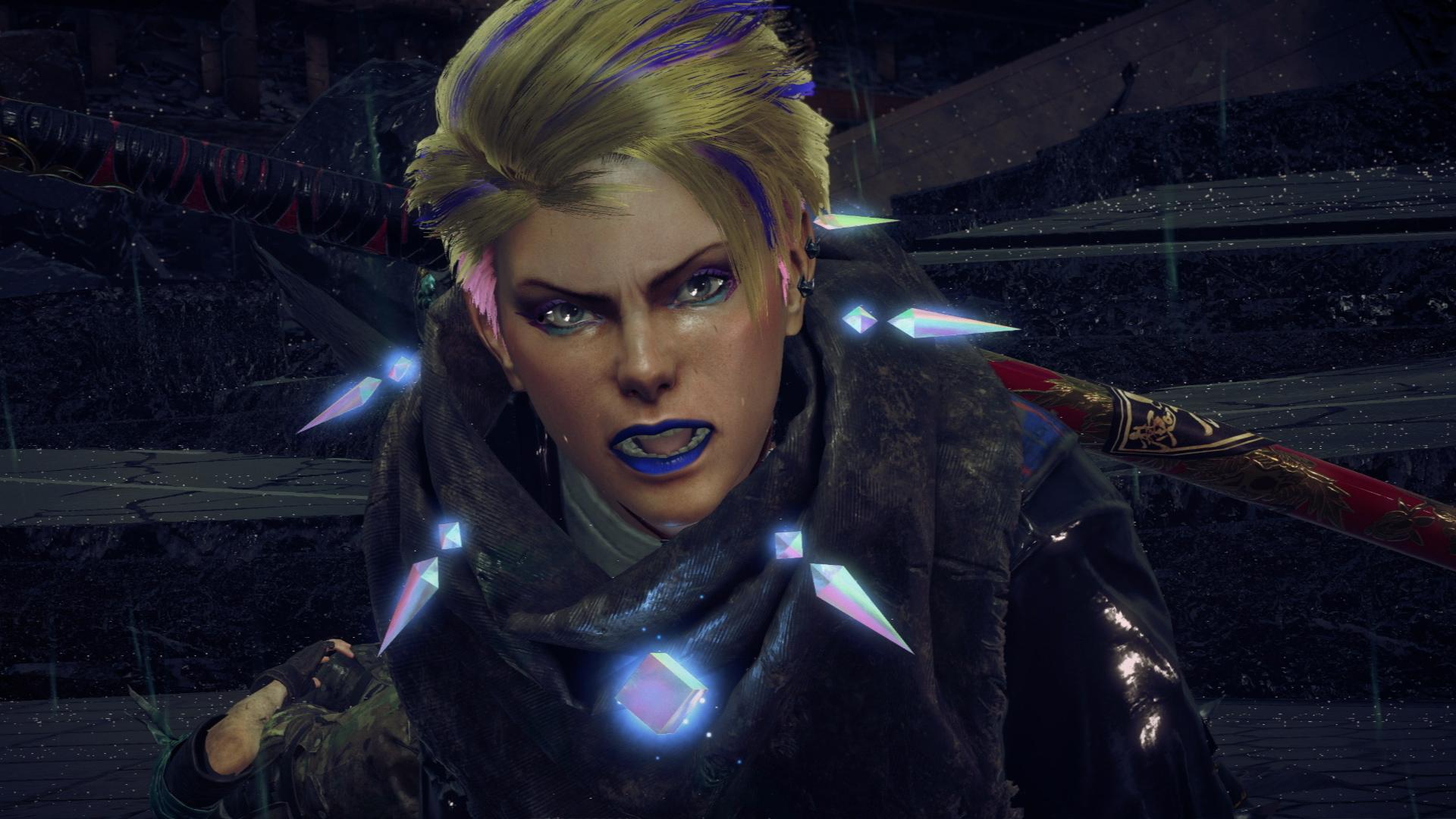The Ending of 'Bayonetta 3' is Wild — Let's Break It Down (SPOILERS)
Published Oct. 28 2022, 2:47 p.m. ET

Spoiler alert: This article contains spoilers for Bayonetta 3.
After eight years, Bayonetta fans finally have the next game in the popular franchise. Bayonetta 3, which was released on Oct. 28, has taken players on a whole new adventure with new gameplay mechanics and a dazzling storyline to accompany it.
But for those who have already managed to make it to the game's ending (which should be fairly easy, since the main storyline is only about 15 hours long), it's a bit confusing — especially if you're not a seasoned fan. So let's break down some of the most confusing parts of the ending of Bayonetta 3.

'Bayonetta 3' ending, explained: Who is Viola? Will she be the series's next protagonist?
Viola is a playable character who comes to Bayonetta's dimension to warn her of the Singularity, who claimed the life of her dimension's Bayonetta. She proves her claims of being an Umbra Witch from another dimension to our protagonist, Jeanne, Enzo, and Rodin using Witch Time.
If you're not playing the game with subtitles, you probably missed the moment where Viola almost called Bayonetta "mum" — which, alone, is a dead giveaway to their familiar relationship.
Though she catches herself, there are various hints scattered throughout the game that insinuate Viola is the daughter of Bayonetta and Luka.
At the end of the game, Viola confesses her true connection to the Umbra Witch, revealing herself as Bayonetta's daughter from the other dimension. But as the game comes to a close, it seems that Viola may be set up to become the franchise's future protagonist (though that's far from confirmed).

So is Bayonetta actually dead?
The answer to this is a bit more complicated than it may seem. As Bayonetta and Viola deal the final blows to Singularity, the other versions of Bayonetta that it had previously defeated are released — including the version from the first Bayonetta game.
This Bayonetta approaches Cereza and says, "You didn't cry while I was gone, did you?" as a callback to her original words to the crying young Cereza.
This confirms the theory that the Bayonetta in Bayonetta 3 is actually Cereza, the little girl in the franchise's first game — which also confirms that Bayonetta isn't the character's first name but more their family name, which seems to be earned as they ascend and become Umbra Witches.
Unfortunately, despite the combined power of the multiverse of Bayonettas coming together, this doesn't stop Cereza's soul from being dragged out of her body, and we see her and Luka dragged down to Hell together.

In the post-credits scene, Viola then takes on the dark version of Bayonetta, which turns out to be her final lesson from her mother, who tells her that she would be given a "new name" for all of the progress she's made.
Later, Viola is talking with Rodin in his bar when he calls her "Bayonetta," suggesting she's finally evolved to take on the family name — and thus implying she may be seen as a future protagonist in the series.
While we watched Luka and Cereza get dragged down to Hell, it's implied that the legacy of Bayonetta will live on with Viola. So yes, it seems Cereza is dead (for now) — but "Bayonetta" is far from finished.
There's still no news on if Platinum Games will create a Bayonetta 4, though if it happens, we're likely to see another version of Bayonetta come to fruition in it.
Bayonetta 3 is now available exclusively for the Nintendo Switch.